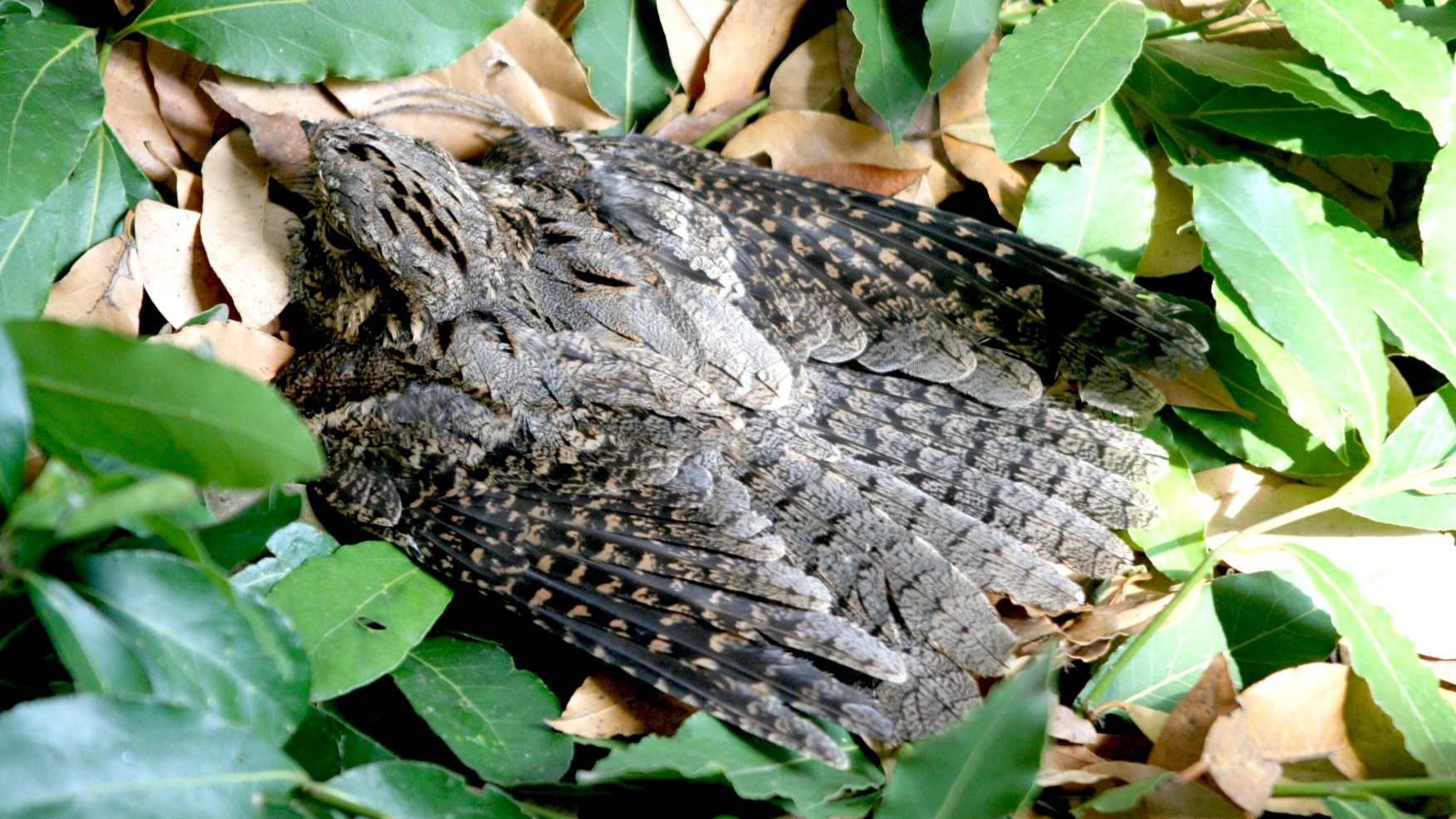
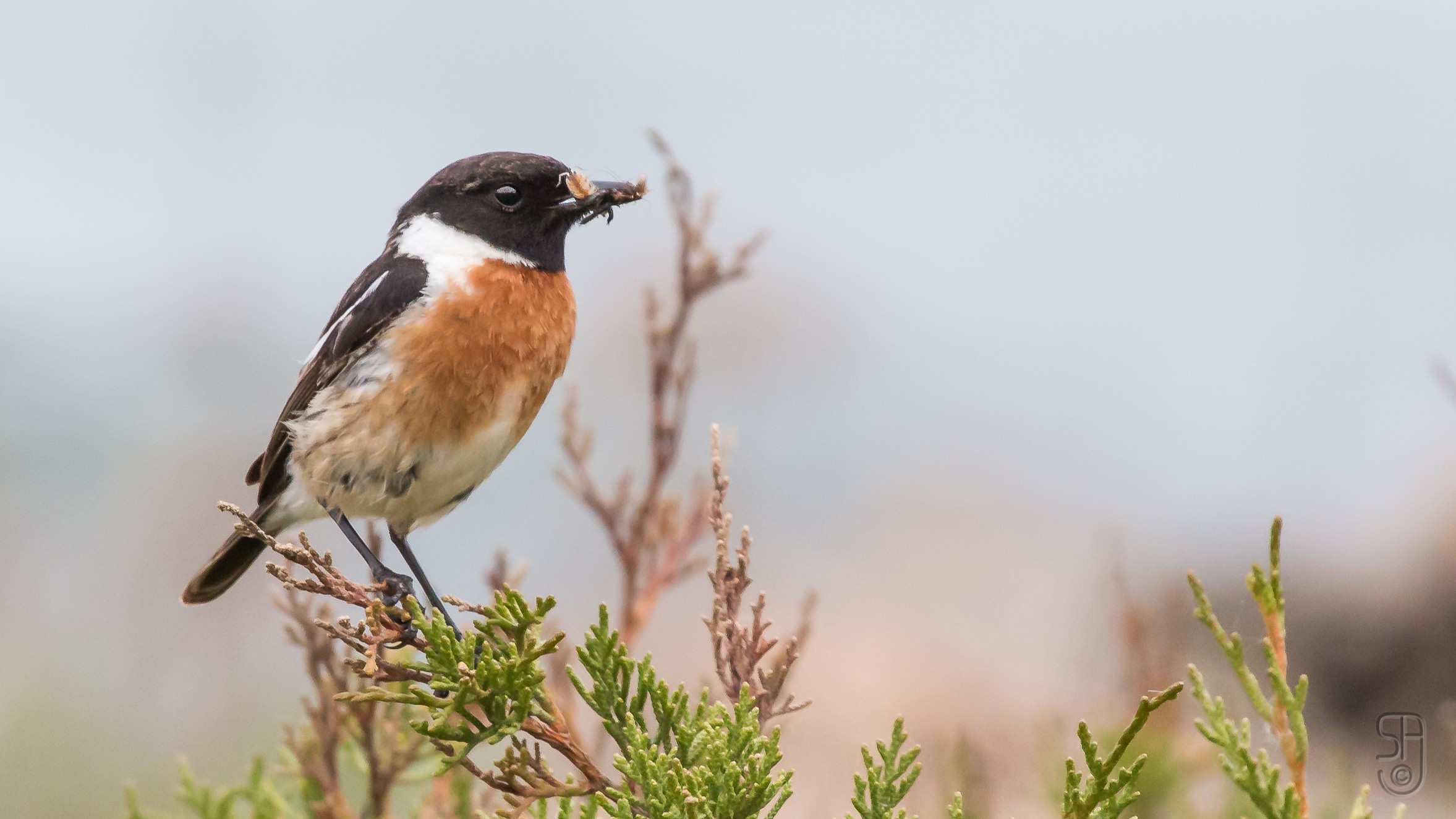

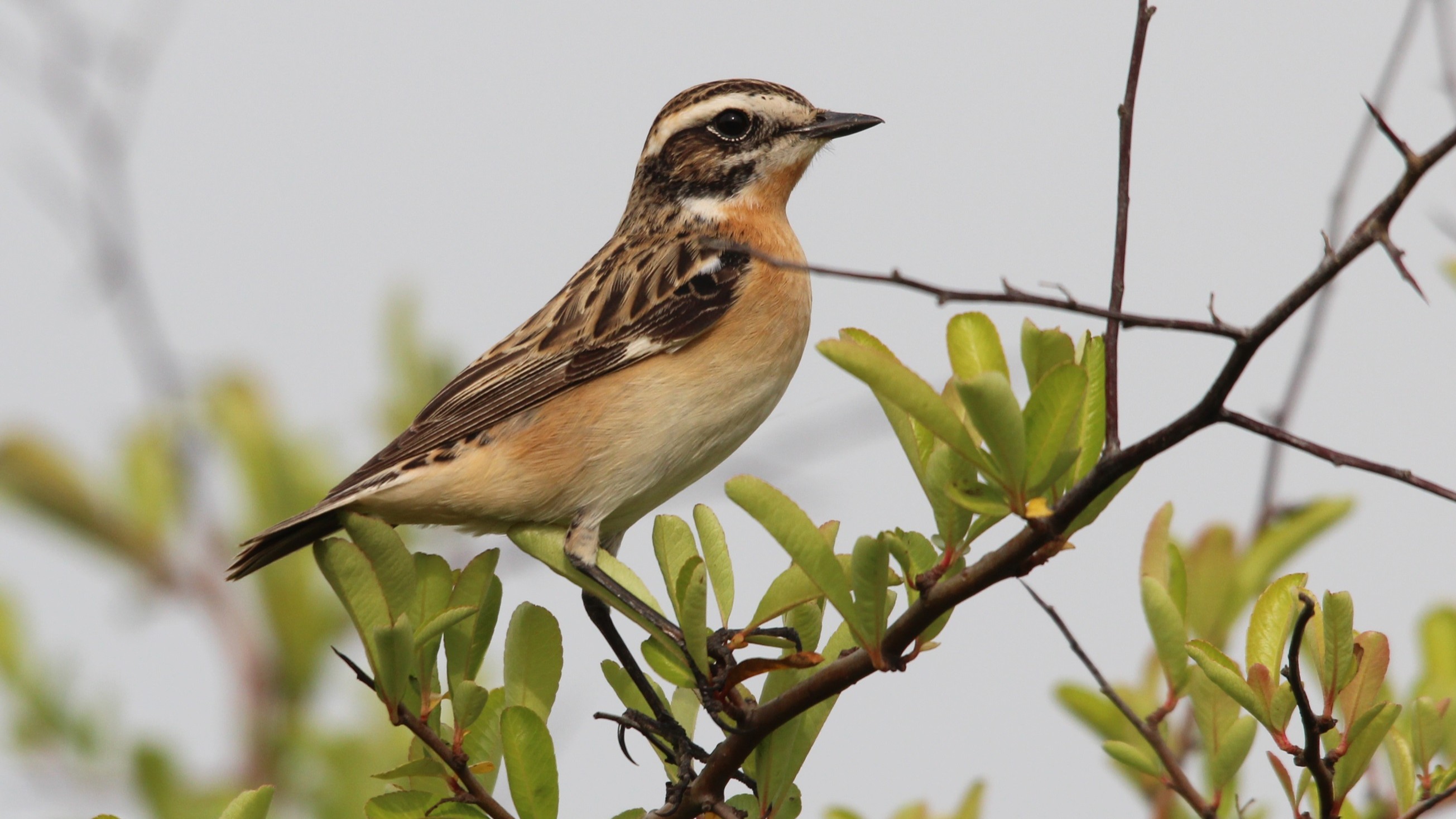

On more lonely heaths covered in bracken, one of the most unusual of all wildlife sounds in London can be heard. This is the famous churring of nightjars, which starts just as the sun goes down. Unromantically, it has been described as being like a lawn mower, spinning wheel or distant motorbike travelling at high speed. Other more romantic adjectives used are weird, unforgettable, evocative, even hypnotic.
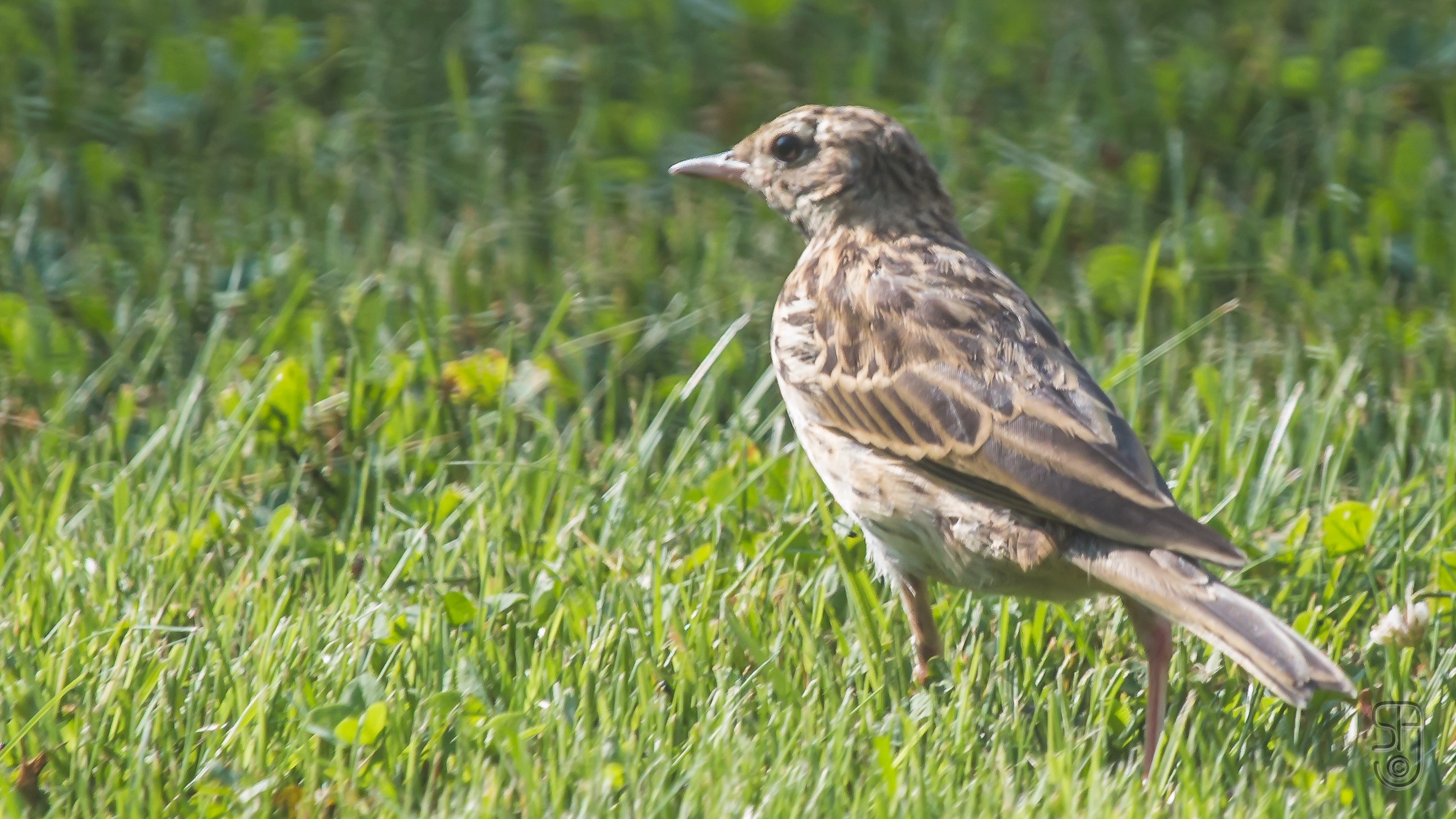

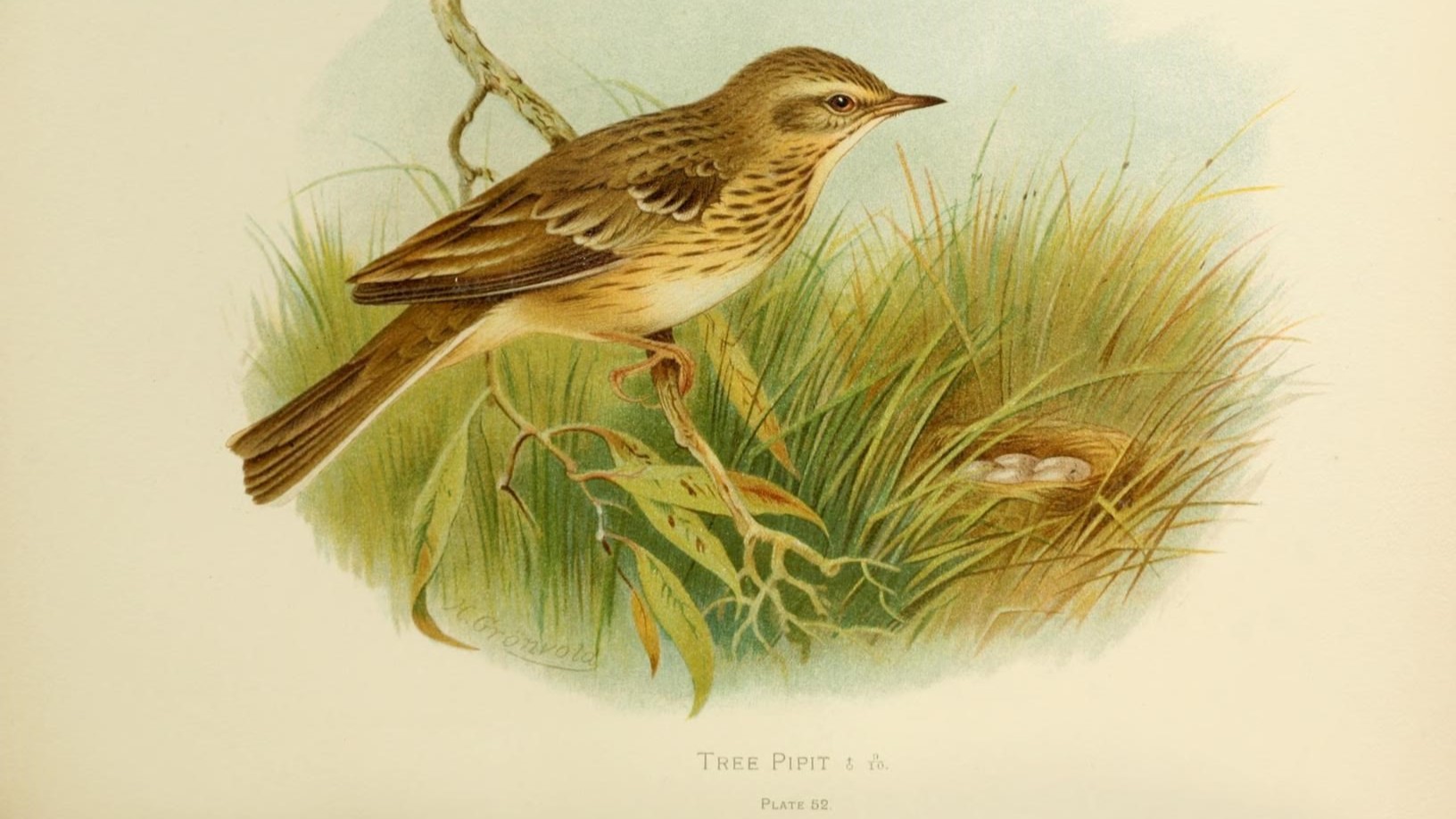

All these birds are not easy to find but Rainham and Dartford Marshes are good places to listen out for stonechats, whinchats and even perhaps grasshopper warblers. Set-aside farmland along the river Thames can also be productive as is Walthamstow marshes for both tree and meadow pipits. Nightjars do occur on some nearby Surrey commons such as Chobham common but are easier to find on more southerly ones such as Thursley Common.
